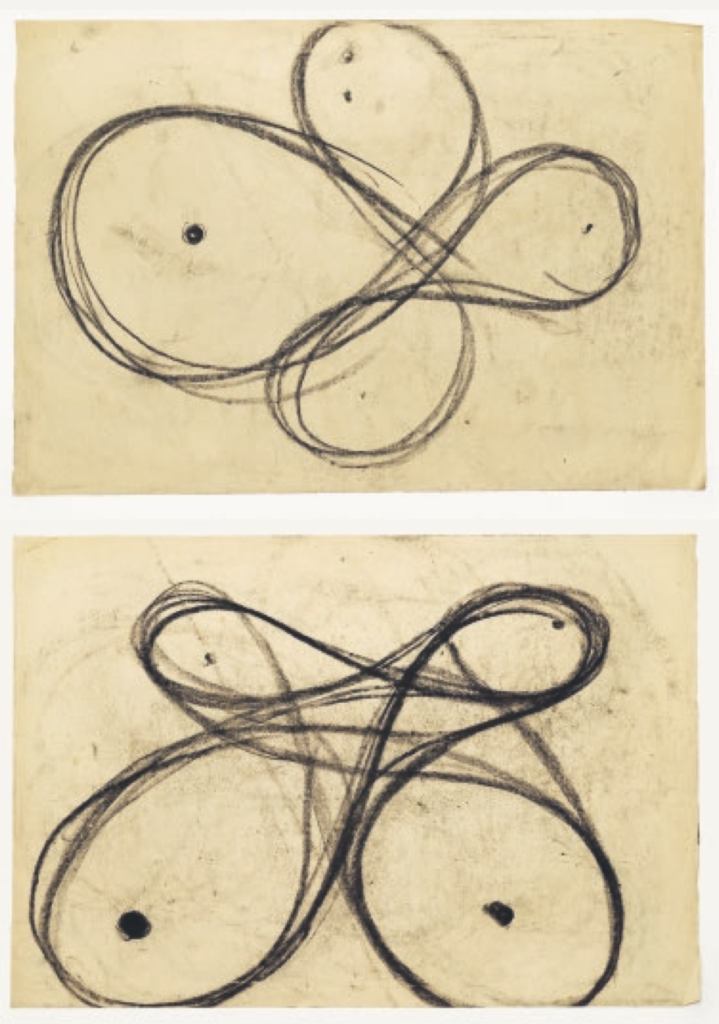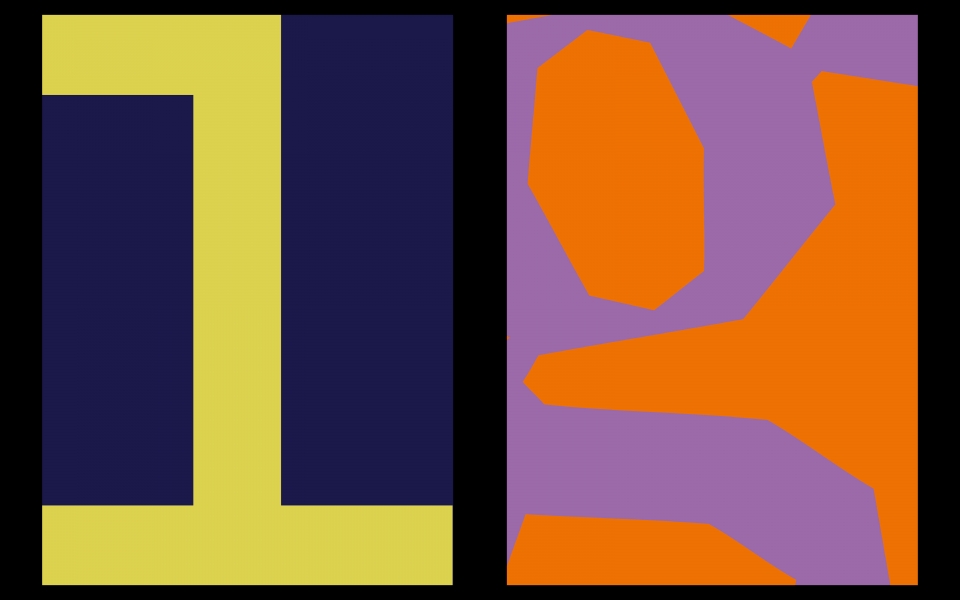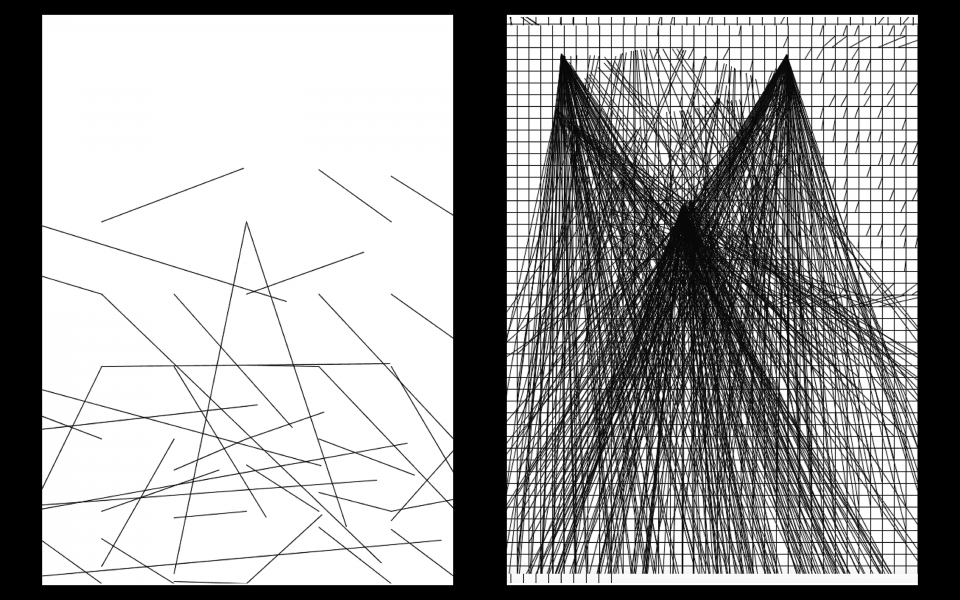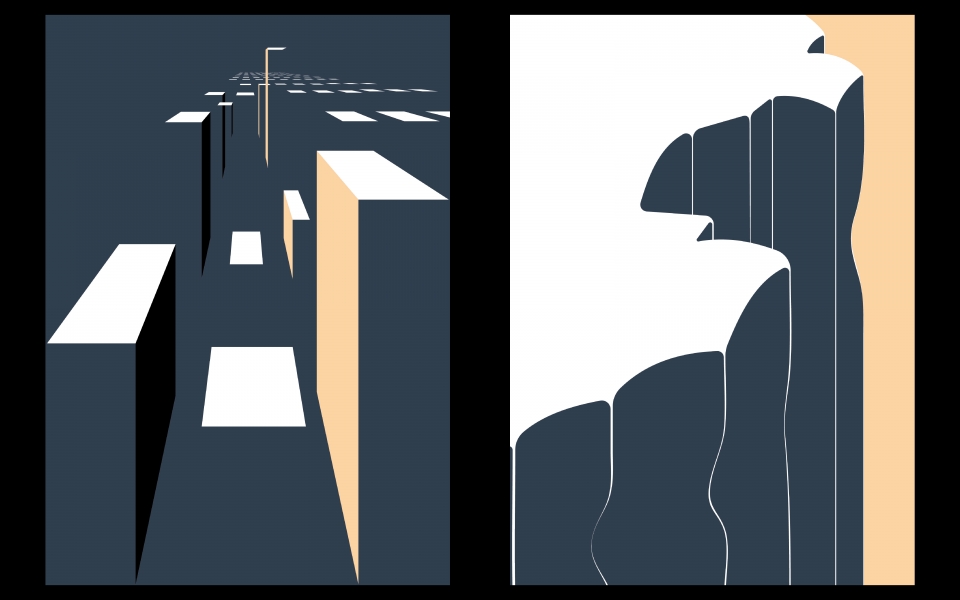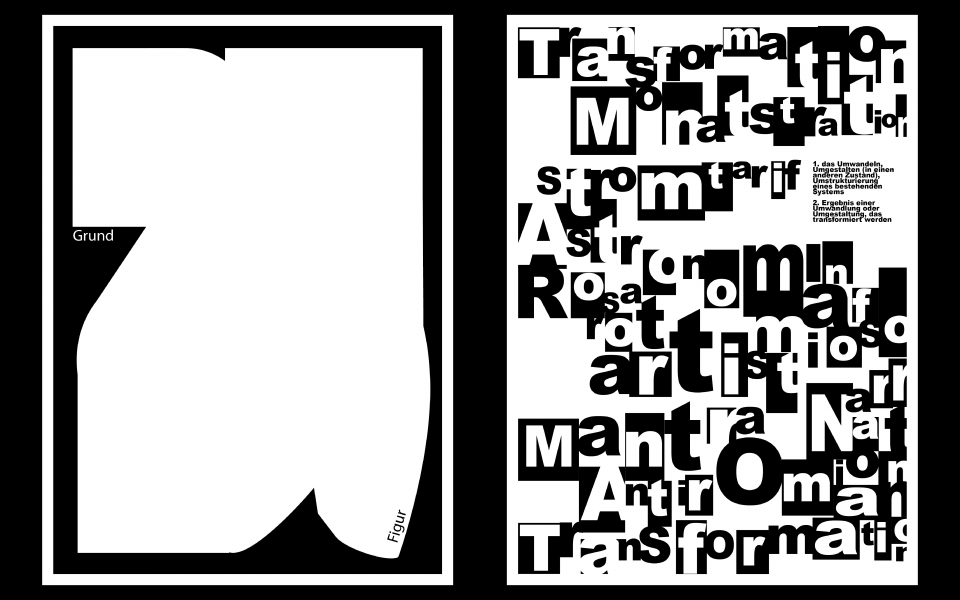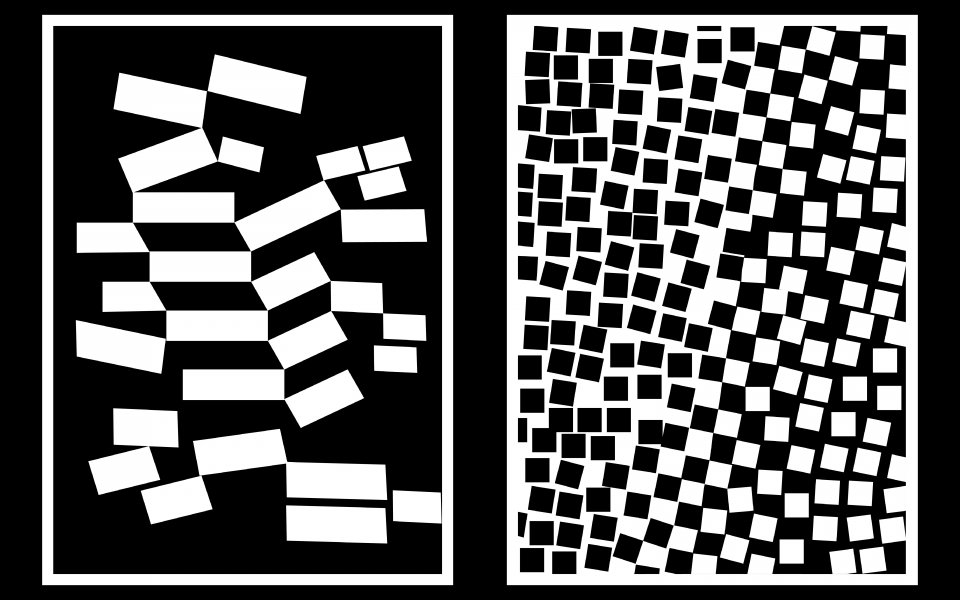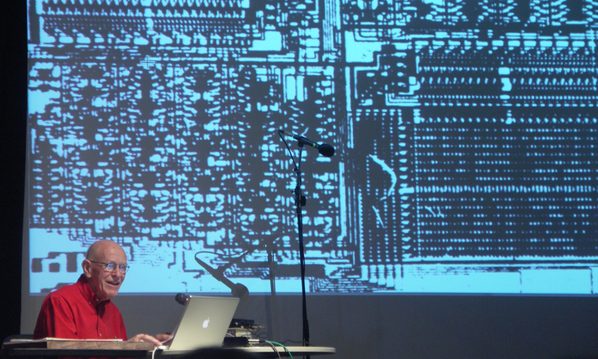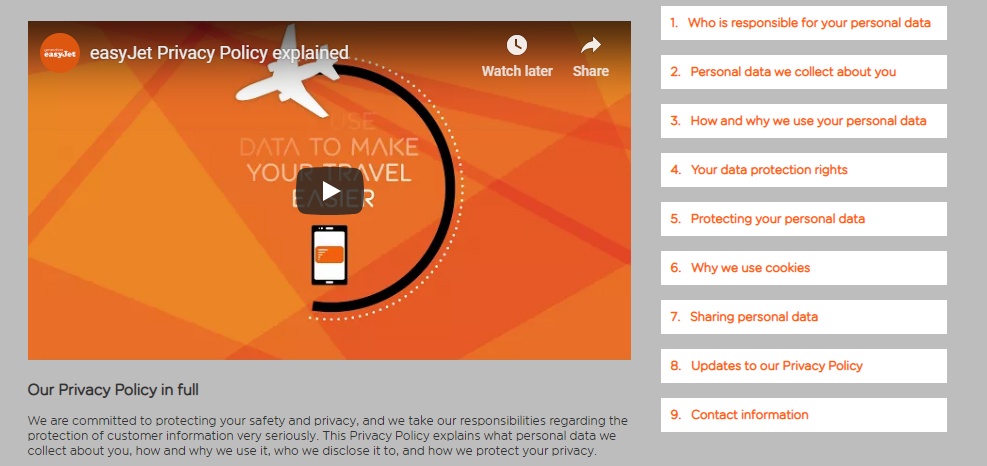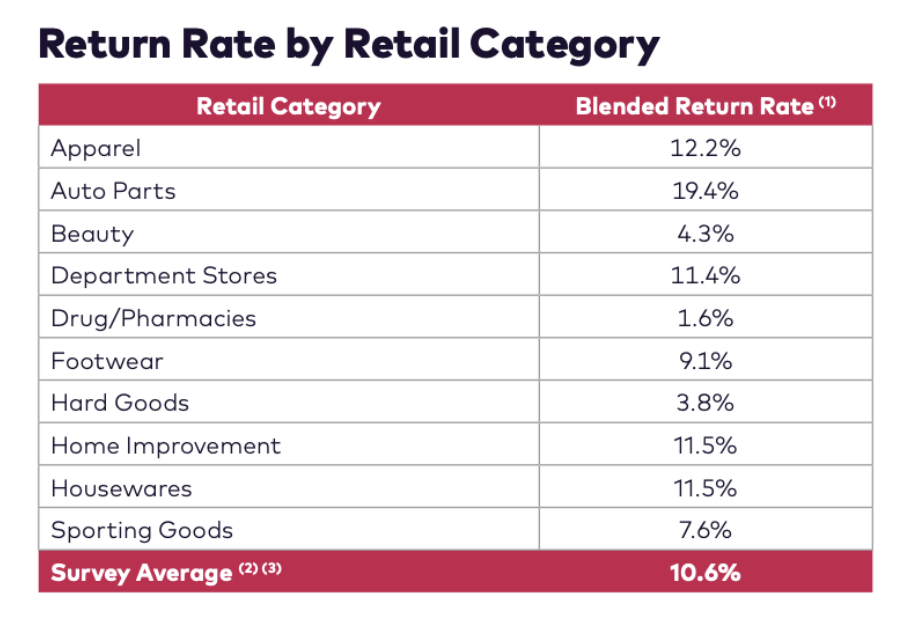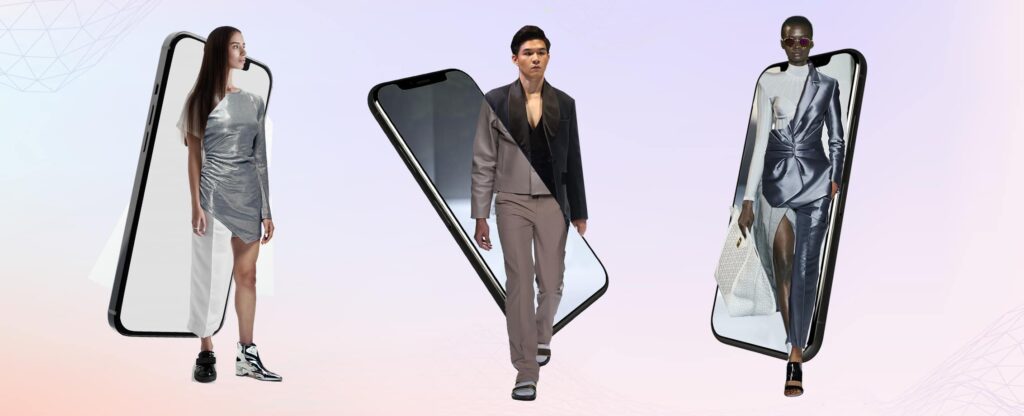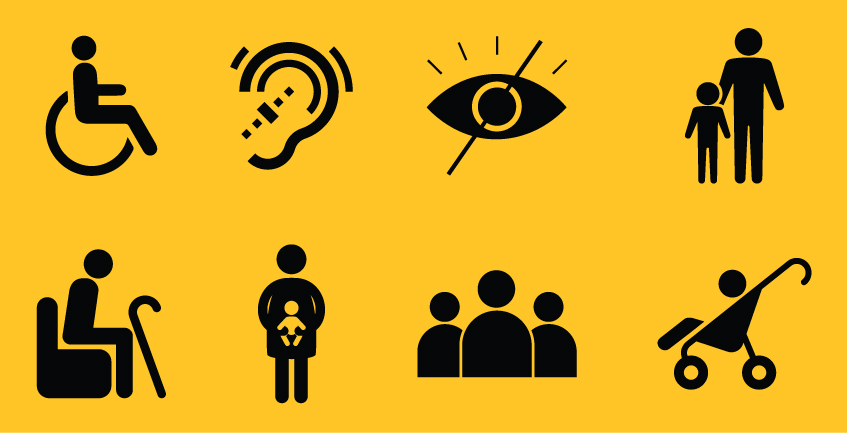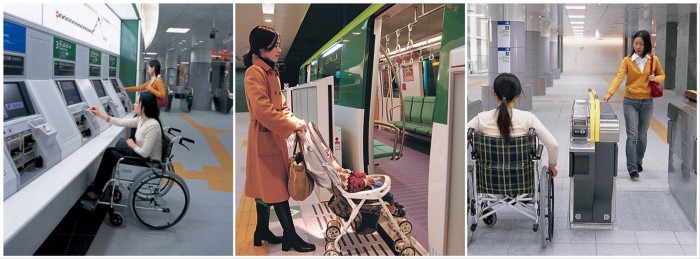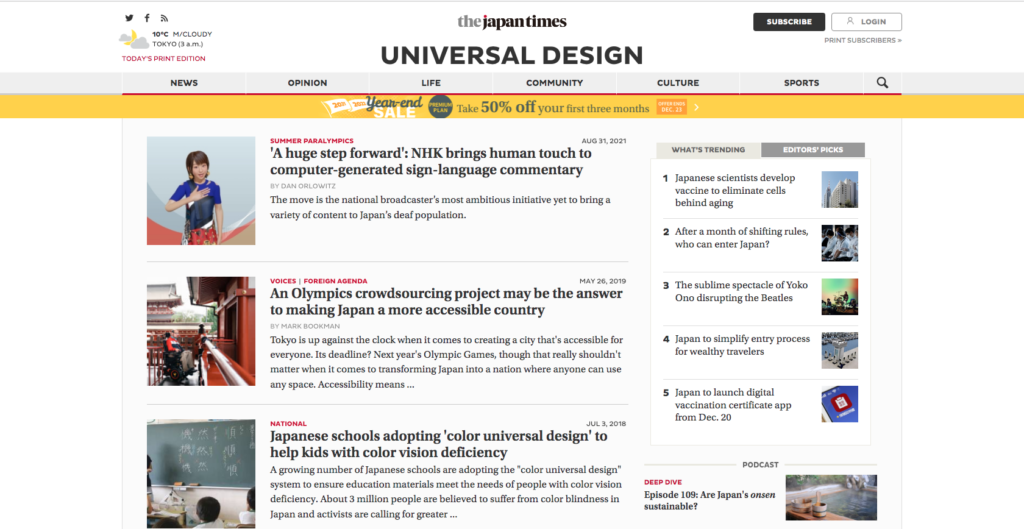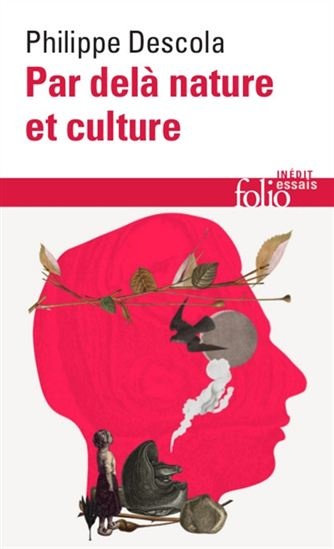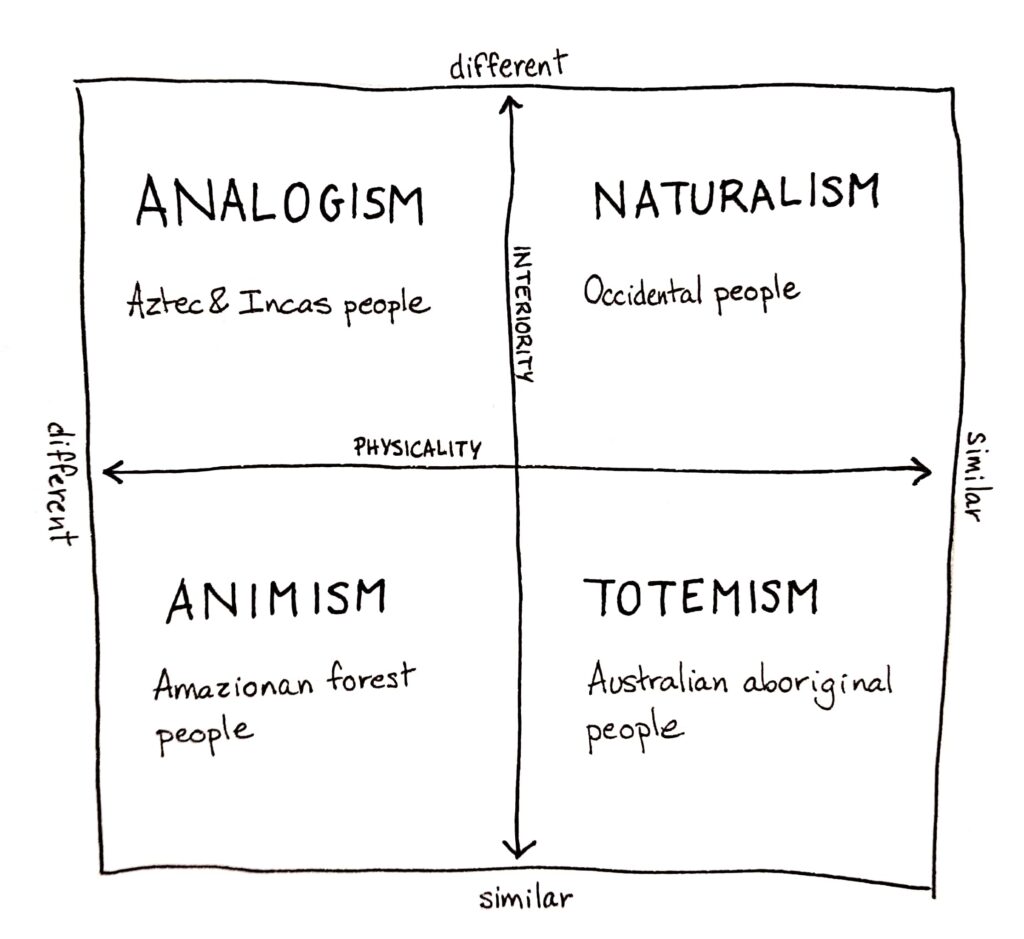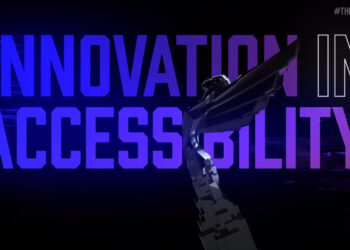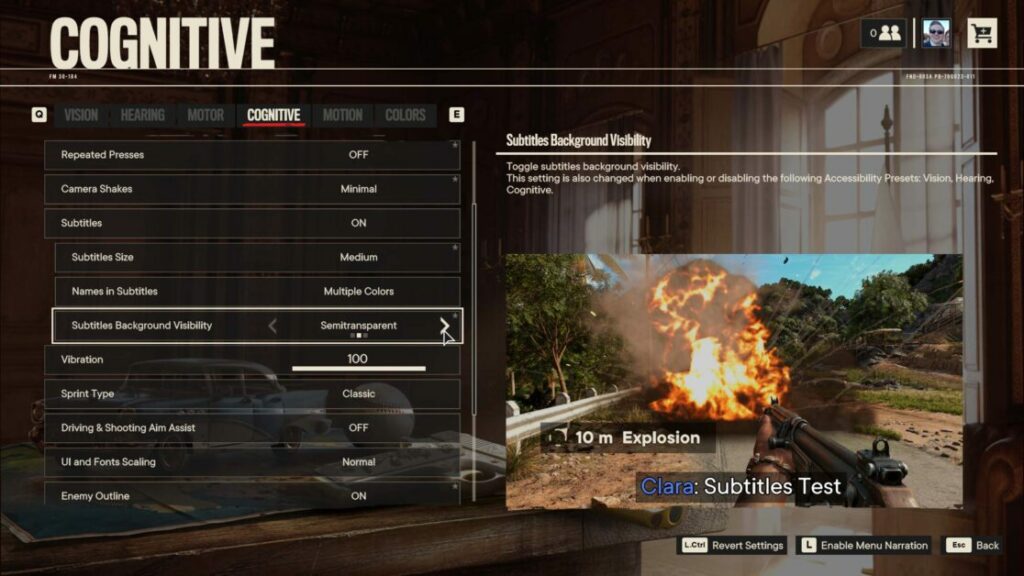Als Kernelement der Bauhauspädagogik wird oft bis heute der Vorkurs gesehen. Nicht zuletzt, weil dieser Grundgedanke in vielen Studienplänen bis lange nach der Zeit des Bauhauses – und teilweise sogar bis heute – seinen Bestand hatte und hat. Somit fällt ein wichtiger Blick auf den Begründer und ersten Leiter des Vorkurses; Johannes Itten. Er prägte mit seiner Lehrmethode die Anfangsjahre – und entsprach auch voll und ganz der teilweise sehr expressionistischen Anfangsstimmung des Bauhauses.
In der Bauhaus-Satzung von 1921 heißt es: „Jeder Bewerber wird vorerst nur für ein Halbjahr zur Probe aufgenommen. In diesem Probehalbjahr […] ist der obligatorische Vorunterricht zu besuchen, der in elementarem Formunterricht in Verbindung mit Materiestudien […] besteht. Die endgültige Aufnahme hängt vom Besuch dieses Unterrichts und von der Güte der in diesem Probehalbjahr entstandenen freien Arbeiten des Bewerbers ab.“ Der Vorkurs hatte also mehrere Aufgaben. Er sollte – neben der eben erwähnten Selektionsfunktion – die Aspiranten von allen gelernten künstlerischen Konventionen befreien und ihre Begabungen freilegen. Zugleich sollte er die weitere Spezialisierung und Berufswahl erleichtern, vor allem aber die Grundgesetze des bildnerischen Gestaltens lehren; Form und Farbe vermitteln und so die Gestaltungsprozesse objektivieren. In der frühen Bauhaus Phase – und speziell von Itten so konzipiert – war der Vorkurs aber großteils der kreativen Selbstentfaltung und der Suche nach der eigenen Ausdrucksform gewidmet. Dieser oft stark spirituell geprägte Aspekt (Itten war Anhänger eines buddhistisch-christlichen Kults) war es auch, der in der späteren Bauhaus-Phase – der verstärkten Zuwendung zu Technik und Industrie – zum Gropius-Itten Konflikt und letztlich zur Kündigung des letzteren führte. Das Grundgerüst, das Itten aber geschaffen hatte, blieb bestehen.
Von allem Anfang an war mein Unterricht auf kein besonders fixiertes äußeres Ziel eingestellt. Der Mensch selbst als ein aufzubauendes, entwicklungsfähiges Wesen schien mir Aufgabe meiner pädagogischen Bemühung. Sinnesentwicklung, Steigerung der Denkfähigkeit und des seelischen Erlebens, Lockerung und Durchbildung der körperlichen Organe und Funktionen sind die Mittel und Wege für den erzieherisch verantwortungsbewussten Lehrer.
Johannes Itten
Itten schwankte in der Konzeption seines Unterrichts stark im Wechsel zwischen Rationalität und Spiritualität. Unter den vielen Einflüssen, die ihn zu seinen konkreten Ansätzen führten, zählen unter anderem die Kontrastübungen mit den Formelementen Quadrat, Kreis und Dreieck von Eugene Gilliard sowie die Vorträge und Übungen von Adolf Hölzel von der Stuttgarter Akademie zu Gemäldeanalysen und zur Kompositions-, Farb-, und Kontrastlehre. Ebenso von Hölzl inspiriert waren gymnastischen Übungen, mit denen er seinen Unterricht begann, deren Ziel es war, „dem Körper die Ausdrucksfähigkeit, die Erlebnisfähigkeit zu geben, sie in ihm zu erwecken. Zuerst muß er erleben.“ Das Ziel dieser Maßnahmen bestand darin, dass die Schüler sich lockern, entkrampfen und von den Zwängen der akademischen Lehre befreien und zudem Bewegung und Rhythmus als Urprinzip und als grundlegendes bildnerisches Organisationsprinzip physisch unmittelbar erfahren sollten. Dazu gehörte auch das „automatische Zeichnen“, also das Zeichnen in einem einzigen Linienzug, welches schon Hölz beim Aktzeichnen initiiert hatte.
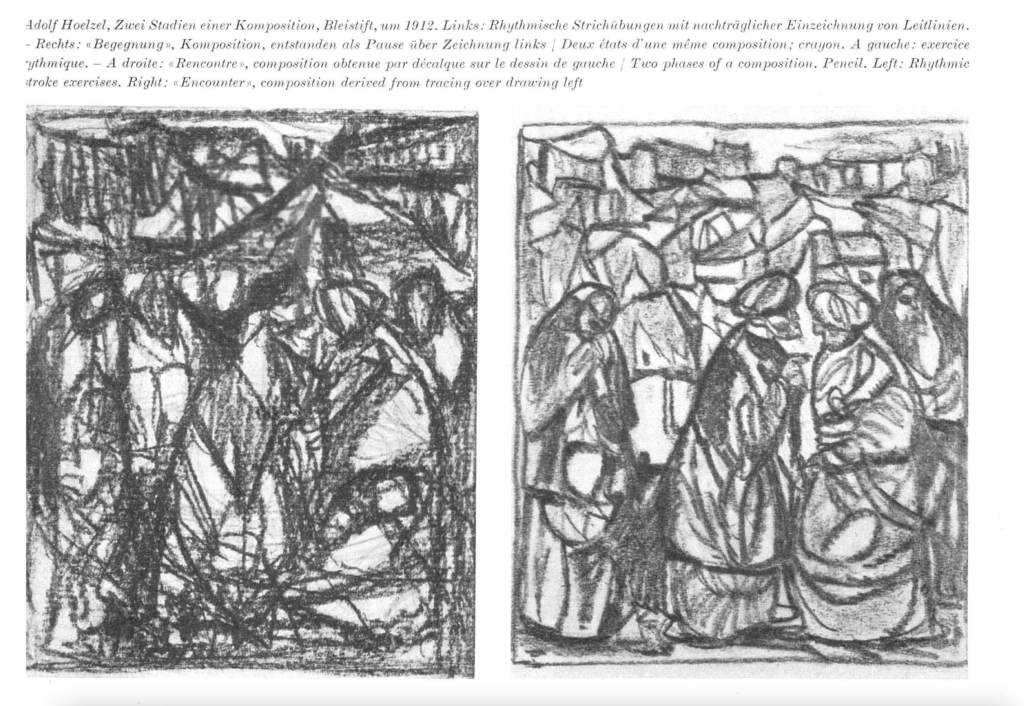
Regeln und Gesetze. Sie sind an und für sich gar nichts und nur dazu da, dem Schwachen eine Hilfe zu sein. Jedes Wort, jede Lehre ist ganz unnütz für die, die um das Eine wissen. Sie sind nur Tore, durch die der Suchende eintreten kann in des Reich des lebendigen, ewig unformbaren Geistes. Sie sind nur Nahrung für den Suchenden, solange er ihrer bedarf, aber nicht das zu Suchende.
Johannes Itten
Ittens Unterricht begann in der Regel mit eben jenen gymnastischen Übungen zur Lockerung, gefolgt von Atemübungen zur „Harmonisierung des Körpers“. Darauf folgen rhythmische Formübungen; auch beidhändig; welche in Anleitung von Itten nachgezeichnet wurden – wiederum ging es um die körperliche Entspannung und das Finden des eigenen Rhythmus. Dem ganzheitlichen Konzept folgend Körper, Geist und Seele gleichzeitig zu schulen gab es eine Reihe von unterschiedlichen Improvisations- und Konstruktionsübungen bis hin zu dreidimensionalen Kompositionsversuchen. Die Wahrnehmung und Gestaltung von Kontrasten stand im Zentrum, bis in feinste Nuancen sollten Kontraste wie groß-klein, breit-schmal, dick-dünn, spitz-stumpf, horizontal-vertikal, durchsichtig-undurchsichtig uvm. erforscht werden. Speziell der Hell-Dunkel-Kontrast war Itten wichtig. Dieser wurde in Übungen, die aus „freiem Empfinden und Fantasieren heraus gelöst werden sollen“ gelehrt.
Studien zu Themen wie Tanz, Trauer, Fröhlichkeit, Kampf, Geburt, Tod, Frühling, Pest und anderen Themen werden mit Zeichenkohle gemacht. Um das Gefühl für Kontrast und Proportion zu Schulen wurden Übungen zu den geometrischen Grundformen und den damit nach Itten zuordenbaren Begriffen gemacht. Itten verband Quadrat mit Ruhe, Tod, Schwarz, Dunkel; das Dreieck mit Heftigkeit, Leben, Weiß, hell, gelb; sowie den Kreis mit Null oder unendlich, gleichmäßig, Bewegung, harmonisch, blau. Mit solchen Einordnungen entsprach er auch den damals aktuellen künstlerischen Ansätzen von Kandinsky, welche später selber am Bauhaus lehrte. Material und Texturstudien waren ebenfalls ein zentrales pädagogisches Werkzeug, mit verbundenen Augen mussten unterschiedliche Materialien erkannt werden um das Tastgefühl zu stärken. In weiterer Folge wurden Texturmontagen aus kontrastierenden Materialien angefertigt, die vor allem in dieser Frühphase des Bauhaus noch teilweise sehr expressionistisch wirken. Der Zeichenunterricht wurde mehreren Abstufungen gehalten: fotografisch genaue Naturstudie (zur Schulung von Auge, Hand und Gedächtnis) Zeichnungen aus dem Gedächtnis, Porträts in absoluter Finsternis. Die Naturstudien zielten darauf ab, Gesehenes oder Erinnertes exakt wiederzugeben, die Aktzeichnungen jedoch sollten jedoch wiederum im Zeichen von Rhythmus, Empfinden und Gefühl stehen.
Reduzierte Körperformen, Auffinden der „inneren Bewegung“ und Ausdrucksform, Silhouetten und Schemenzeichnungen. Dreidimensionale Studien mit Würfeln als Raumkompostionen standen ebenso im Wechselspiel zwischen rationaler Formfindung und expressionistischem Selbstausdruck.
„Nachdem er [Itten] einige Gänge gemacht hat, steuert er auf eine Staffelei zu, auf der ein Reißbrett mit einer Lage Schmierpapier steht. Er ergreift eine Kohle, sein Körper sammelt sich, als ob er sich mit Energien ladete, und geht dann plötzlich zweimal nacheinander los. Man sieht die Form zweier energischer Striche, senkrecht und parallel auf dem obersten Schmierbogen, die Schüler werden aufgefordert, das nachzumachen. […] Dann kommandiert er’s im Takt, dann läßt er dasselbe Exercitium stehend ausüben. Es scheint eine Art Körpermassage damit gemeint zu sein, um die Maschine auf das gefühlsmäßige Funktionieren hin zu schulen.“ – Paul Klee über Ittens Vorkursübungen
Berühmt sind auch Ittens Bildanalysen. Einerseits betrieb er Form- und Strukturanalysen, bei denen Bilder der alten Meister nach ihren grundlegenden Gestaltungsprinzipien untersucht wurden. Formaspekte wie kompositorischer Aufbau, proportionale Verhältnisse und Verteilung von Hell und Dunkel wurden in skizzenhaften Bildern analysiert. Im Gegensatz dazu standen die Empfindungsanalysen, bei denen es darum ging, den Formausdruck, die emotionale Botschaft eines Gemäldes zu erfassen. Dabei wurden auch oft nur einzelne Teilaspekte eines Bildes (Rhythmus, Farbe, Stofflichkeit) zum Gegenstand der Analyse gemacht.
Und heute…?
Um in dieser Recherche nicht völlig in geschichtlicher Aufarbeitung zu versinken und stärkeren Gegenwartsbezug herzustellen, möchte ich anhand eines Beispiels zeigen, wie die Grundidee das Vorkurses an einer modernen Hochschule weiterlebt.
UdK Berlin: Visuelle Kommunikation
Der Studiengang Visuelle Kommunikation der Universität der Künste in Berlin bietet in sogenannten Klassen die Vertiefungsrichtungen Informationsdesign, Grafik-/Kommunikationsdesign, Illustration, New Media, Geschichte und Theorie der visuellen Kultur, Interface- und Interactiondesign, Raumbezogenes Entwerfen und Ausstellungsgestaltung, Design für Wirtschaft und Werbung sowie Gestaltung des bewegten Bildes. Allen diesen Vertiefungen (welche als moderne Nachfahren der Bauhaus-Lehrwerkstätten Ton, Glas, Farbe, Holz, Metall, Gewebe und Stein gesehen werden könnten) voraus gehen zwei Semester mit dem Namen „Grundlagen des Entwerfens“ – ein Vorkurs also, mit dem Namen Basics. Auf der Website ist zu lesen:
„Die Basics sind der Einstieg in das vierjährige BA-Studium Visuelle Kommunikation. Im 1. und 2. Semester setzen sich die Studierenden hier mit elementaren Fragen und Möglichkeiten der Gestaltung auseinander. Im Zentrum steht, die unterschiedlichen Medien kennenzulernen und deren gestalterische Sprachen mit digitalen und analogen Werkzeugen zu erproben. […] In den Semesterprojekten durchlaufen die Studierenden exemplarisch alle Phasen des Entwurfsprozesses – von Recherche und Konzept über Variantenbildung bis hin zur Produktion. […] Ziel ist, die Studierenden zu befähigen, mit den Werkzeugen und Entwurfsmethoden eigenständig umzugehen. Sie lernen, die eigene Arbeit zu reflektieren, diskutieren und präsentieren; sie erfahren, was es bedeutet, Autorschaft für gestaltete Inhalte zu übernehmen. Das Grundstudium will Raum für die Entwicklung einer eigenen gestalterischen Haltung bieten und damit die Teilhabe an aktuellen fachlichen Diskursen ermöglichen.“
Gerade der letzte Satz zeugt von den Nachwehen von Ittens Selbstentfaltungs-Ansatz seines Vorkurses. Weiters liest man:
„Die Betrachtungsfelder Bild, bewegtes Bild, Raum und Interaktion werden als Projekte bearbeitet. In einem Projekt werden alle Phasen des Entwurfs wie Recherche, Konzept, Skizze, Variantenbildung und Realisierung durchlaufen. Pro Semester werden in der Regel zwei Schwerpunkte gesetzt, die sich über einen Zeitraum von mindestens vier Wochen erstrecken. Die Lehre findet – abhängig von Fragestellung und Entwurfsphase – in verschiedenen Formaten statt: Präsentationen, Diskussionen, Gruppen- und Einzelgespräche, Vorträge, Referate und Workshops.“ Im Laufe ihres Wintersemesters setzen sich die Basics-20 beispielsweise jede Woche mit drei grundlegenden Gestaltungsdisziplinen auseinander: Zeichnen, Fotografie und Typografie. Alle Grundlagen-Labore vereint dabei das gemeinsame Semesterthema Licht und Schatten. Wechselnde Schwerpunkte und Inhalte heben sich hier somit vom statischen Bauhaus-Grundkurs ab.
Ein Beispiel für die Inhalte dieses Kurses sind Übungen zu den Gestaltgesetzen. „Im ersten Schritt gilt es, anhand eines morphologischen Kastens die Parameter visueller Gestaltung zu bestimmen. Die hierbei erlernten Grundkenntnisse wenden die Basics in den nächsten Aufgaben an. Sie setzen sich mit verschiedenen Gestaltgesetzen auseinander und integrieren diese bewusst in ihre Arbeit. Hierbei stehen neben der Anwendung der sogenannten Gestaltgesetze die visuellen Mittel Form und Farbe im Mittelpunkt der Entwurfsarbeit.“
Ein Semesterprojekt „Kinetische Objekte“ erinnert speziell an Ittens dreidimensionale Objektmontagen, hier werden … „möglichst viele dreidimensionale Varianten eines einfachen Alltagsgegenstandes; einer Büroklammer; analysiert. Der dabei generierte Erfahrungsschatz bereitet – ergänzt durch visuelle und textliche Recherchen im Kontext von Physik, Mechanik, Kunst, Gestaltung und Alltag – die Ausarbeitung eigenständiger Entwicklungen kinetischer Objekte vor. Dieses Vorgehen dient dem Erkennen unterschiedlicher Funktionsweisen und ästhetischer Qualitäten. Das Skizzieren von kinetischen Objekten ermöglicht dabei das (abstrakte) Begreifen und Erfahren von Bewegungen und Lagerelationen im Raum. Elementare Auseinandersetzungen mit Materialien wie Papier, Pappe und Draht erweitern das in der Beobachtung erschlossene Fundament für die Produktion von kinetischen Objekten. Die Resultate zeugen von der tiefgreifenden Auseinandersetzung mit den Phänomenen Bewegung und Raum.“ Auch die Zeilsetzung dieses Kurses liegt somit in Ittens Tradition: spielerisches Erforschen der Verhältnisse von Körper und Raum.
In der weiteren Recherche ergaben sich viele Parallelen zur Bauhaus Tradition, neben konkreten Aspekten wie Experimenten mit Farbe und Material vor allem der Kerngedanke zum Fokus auf gestalterische Grundlagen sowie dem experimetellen Zugang mit dem Ziel der persönlichen Entwicklung.
Das Vermächtnis des Bauhauses und speziell des Vorkurses ist also – wenn auch in wesentlich weniger esoterischen Ausformungen – ein Erfolgsmodell, welches heute noch (paradoxerweise speziell im Kommunikationsdesign, welches in dieser Form kein konkretes Ziel der frühen Bauhausausbildung war) seine Anwendung findet.
